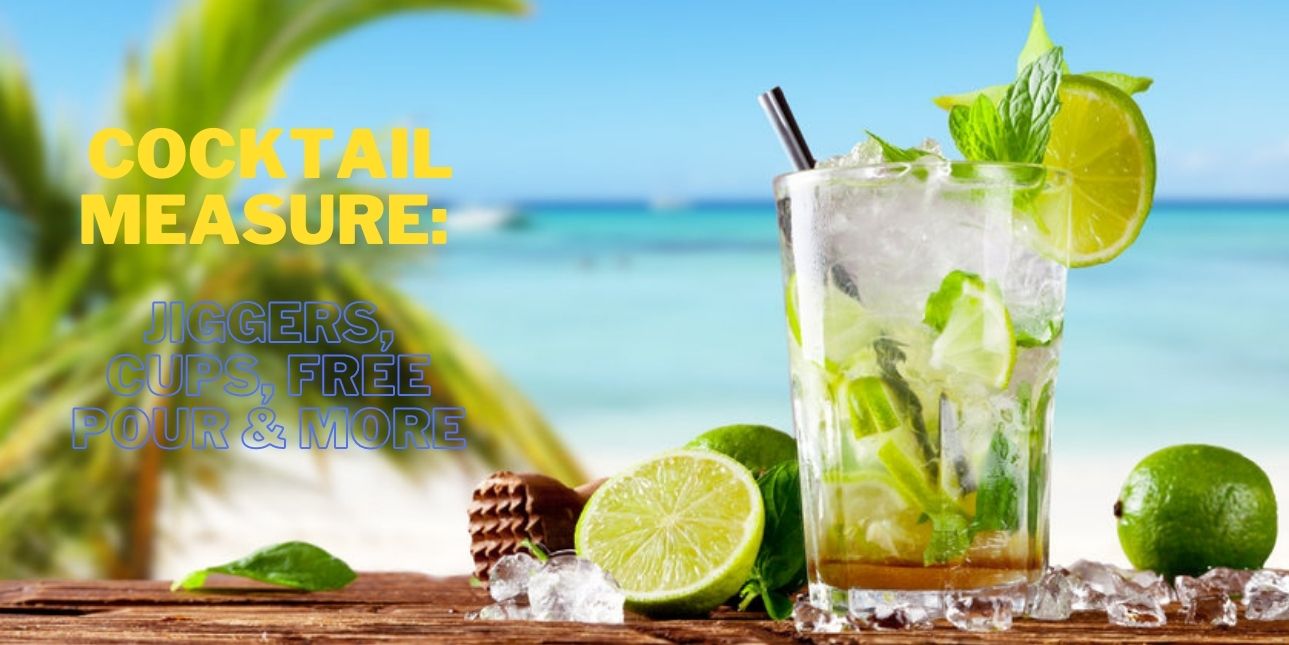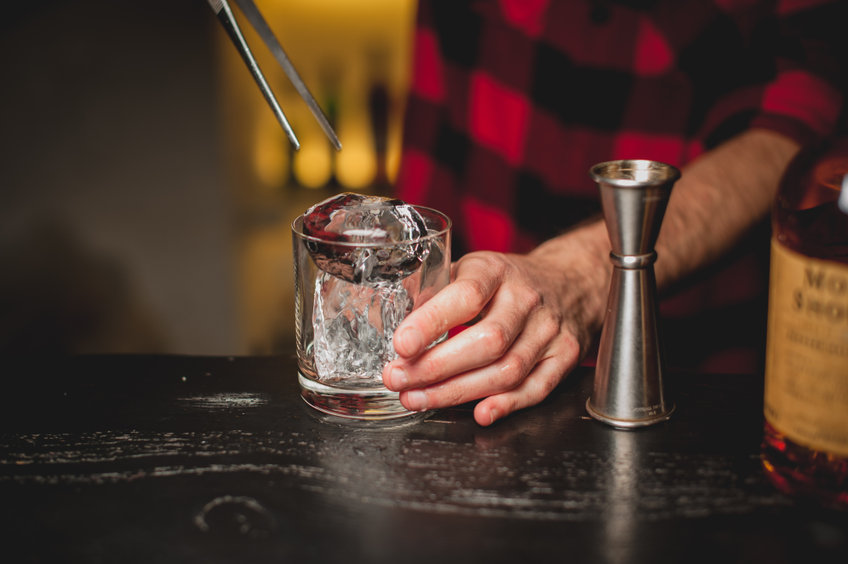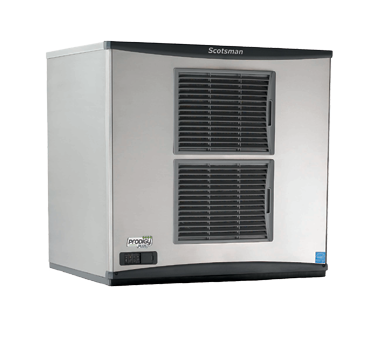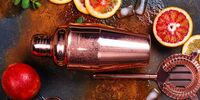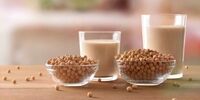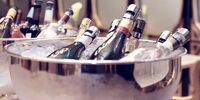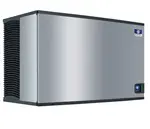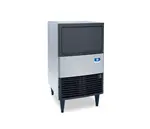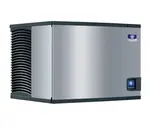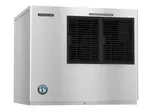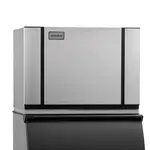Running a successful cocktail bar business needs elaborate planning. A comprehensive understanding of cocktail measurements is integral to starting and maintaining your bar business. This article discusses what is a cocktail measure, drink measurements, bar measuring tools, how to use a jigger, cocktail measuring cup, free pour, and other bar equipment that you will need for your business.
Bars are highly profitable if you can control your pour and deliver consistent taste. With cocktail measures, you can control wastage or excess spillage of costly alcohol. Even an ounce of extra alcohol can hit your profitability. If you wish to have more control over your measurements, you need to understand the basic measurement techniques and tools.
What is a Cocktail Measure?
If you want to serve delicious cocktails to your patrons consistently, you need to understand cocktail measures. For bartenders, it is essential to understand cocktail measurements since repeating the same amount of ingredients over and over again can become tedious. With exact cocktails measures, bartenders get better control of the pour and the ingredients. Cocktail measurements follow two measurement systems - metric or imperial. Good bartenders should learn both these systems for accuracy in terms of consistency and taste.
Drink Measurements
If you want to run a successful cocktail business, then you need to understand drink measurements. There are specific drink measurements for different cocktails that you need to learn for making delicious cocktails for your bar patrons. Having a comprehensive idea about drink measures in terms of teaspoons, tablespoons, ounces, and cups will help you run a sustainable business.
Bar Measuring Tools
Bar measuring tools help you execute cocktails with precision. With bar measuring tools, you can save money in the long run and also consistently deliver tasty cocktails. There are many bar measurement methods that may come in handy for your business, like jiggers, cocktail measuring cups, beakers, and free pours. As a professional bartender, you should clearly understand the cup sizes and the measurement units for more precision.
Jigger Measurements
JIggers are hourglass-shaped measurement tools for pouring drinks. JIggers are widely used by bars, pubs, restaurants, and beverage places across the world. They are most preferred by professional bartenders. To hone the skill of pouring drinks with a jigger, you need to know the exact jigger measurements. One jigger is typically 1-½ ounces, and one-half jigger is ¾ ounces. The exact jigger measurements may vary according to cup size. A 'perfect jigger' or a 'true jigger' measures 1-¼ ounces, but it is difficult to get hold of a 'true jigger'. An excellent way to know the exact volume of a particular jigger will be to fill up the jigger with water and then pour the contents of the jigger into a beaker or measuring cup. The measurement markers on a beaker or measuring cup will help you determine the exact measurement. Note down the exact measurements for future use.
How To Use a Jigger?
Jiggers are extremely easy to use but hard to control. Most professional bartenders become proficient in using jiggers with practice. For each accurate pour with a jigger, speed and accuracy are important. The best way to hold a jigger is to keep it between your thumb and your forefinger. You should try to hold the jigger steady by gripping it properly. Then, fill the jigger with the alcohol of your choice and pour it into the mixing glass or shaker. For double jiggers, place your fingers in between the waist of the jigger.
Cocktail Measuring Cup
Cocktail measuring cups are highly efficient for measuring cocktails. Many professional bartenders prefer cocktail measuring cups over jiggers and beakers. They are quite handy and economical. With cocktail measuring cups, you can precisely measure how many ounces of alcohol you have poured. Cocktail measuring cups are more accurate than cocktail jiggers, as you can directly read the measurement markings by looking into the measuring cup. These cups give you control of cocktail measures for making margaritas, LITs, and various other cocktails.
Bartender Measurement Cup
The bartender measuring cups eliminate the need to fill, check or adjust the measurements of the pour. Some professional bartenders prefer bartender measurement cups over regular jiggers. The reason being that they can find the exact amount of alcohol or ingredients they are pouring into a drink. For making special cocktails, professional bartenders need etched measurement markings for more precision. Bartender measurement cups come with measurement markings for cups, tablespoons, ounces, and milliliters. These cups have an angled surface and mouth for greater precision. With bartender measurement cups, you can be sure of the measurements of the ingredients.
Although bartender measurement cups are highly efficient, some bartenders do not prefer measuring small measurements with a measurement cup, as the curve on top of the liquid in a measurement cup makes it difficult to get readings of 1/4 ounces or less. For example, drink measures for specialty cocktails require high precision; even a couple of extra drops of a liquid can affect the taste of a cocktail. For example, a couple of extra drops of absinthe in a drink can alter its taste. But with milder ingredients such as lime or lemon juice, one can be less careful with the pour.
Free Pour
Free pour or free pouring is a method that is used by bars to save time. Most high-volume bars or crowded pubs use this method to serve many customers in a short period. The free pour technique needs practice, as you need experience and accuracy for exact drink measures. The free pouring method visually appeals to customers, as bartenders fill multiple shot glasses in a few seconds. Bartenders use this technique to serve shots to multiple customers at the same time. But this technique is highly unreliable as different liquids have different pour rates, making it more difficult. For conventional bars, it is advisable to avoid this technique altogether.
Other Bar Equipment List
For managing a successful bar, you need to have a complete list of tools and equipment that you will need for your business. Here is a comprehensive bar equipment list that you will need for opening up a successful bar:
Glassware: As part of your bar equipment list, you need to have appropriate glassware for serving different kinds of drinks to your patrons. You can buy mixing glasses, shot glasses, pint glasses, wine glasses, champagne glasses, and other specialty glasses for serving different types of alcoholic drinks.
Bartending Tools: You need various bartending tools like jiggers, measurement cups, beakers, muddlers, shakers, juicers, ice bins, cocktail spoons, napkins, muddlers, wine openers, ice trays, and other essential equipment.
Different Types of Alcohol: You need to have different types of alcohol to serve your patrons. You will need multiple bottles of vodka, gin, whiskey, wine, rum, tequila, and beer.
Non-Alcoholic Ingredients: To make delicious cocktails, you will also need various other non-alcoholic ingredients like lime juice, orange juice, pineapple juice, cranberry juice, grapefruit juice, and other juices or syrups.
Garnishes: To garnish your drinks, you will need lemons, lime, oranges, cherries, olives, and other types of garnishes.
Refrigeration: Refrigeration is necessary for bars. With appropriate cooling and refrigeration systems, you can store essential ingredients and beverages. To start your bar, you will need an ice maker, cooler, wine refrigerator, beer cooler, and a freezer.

